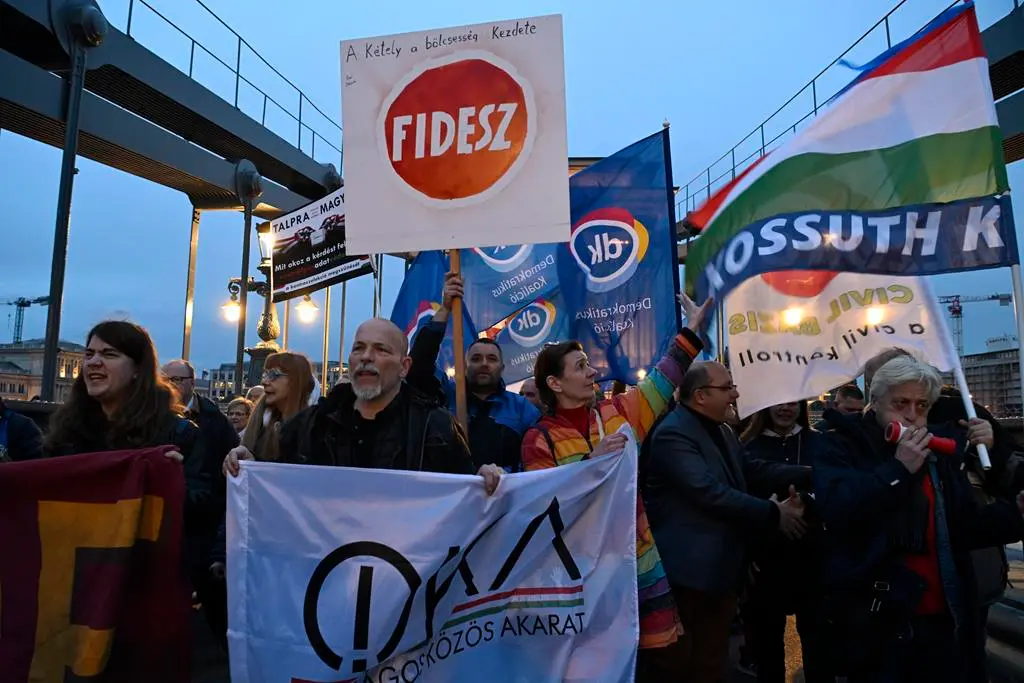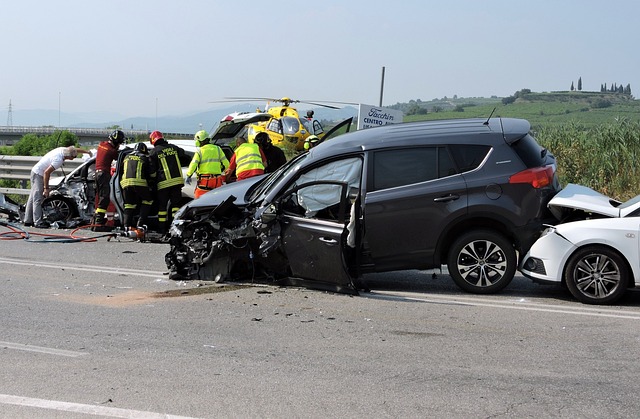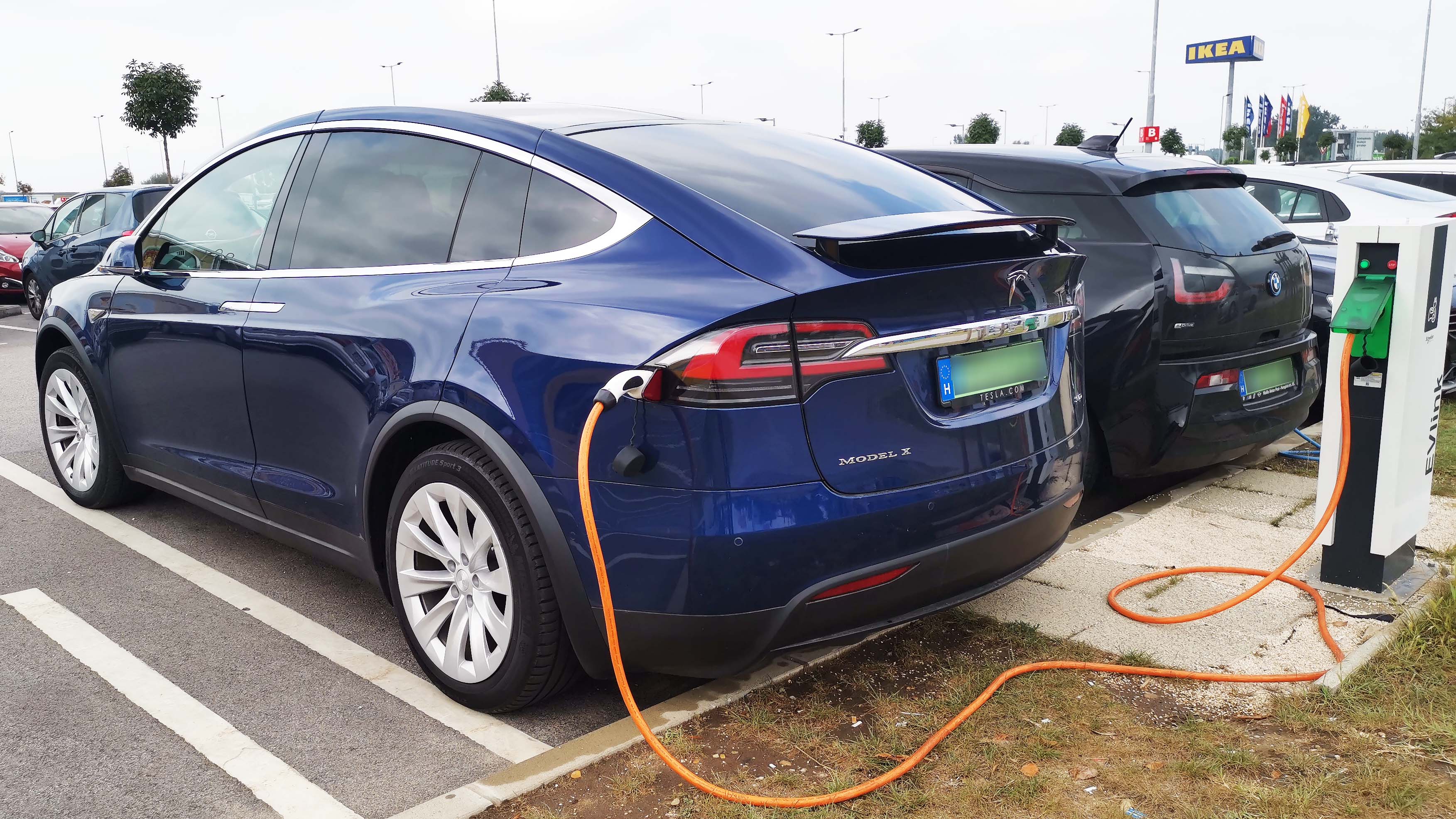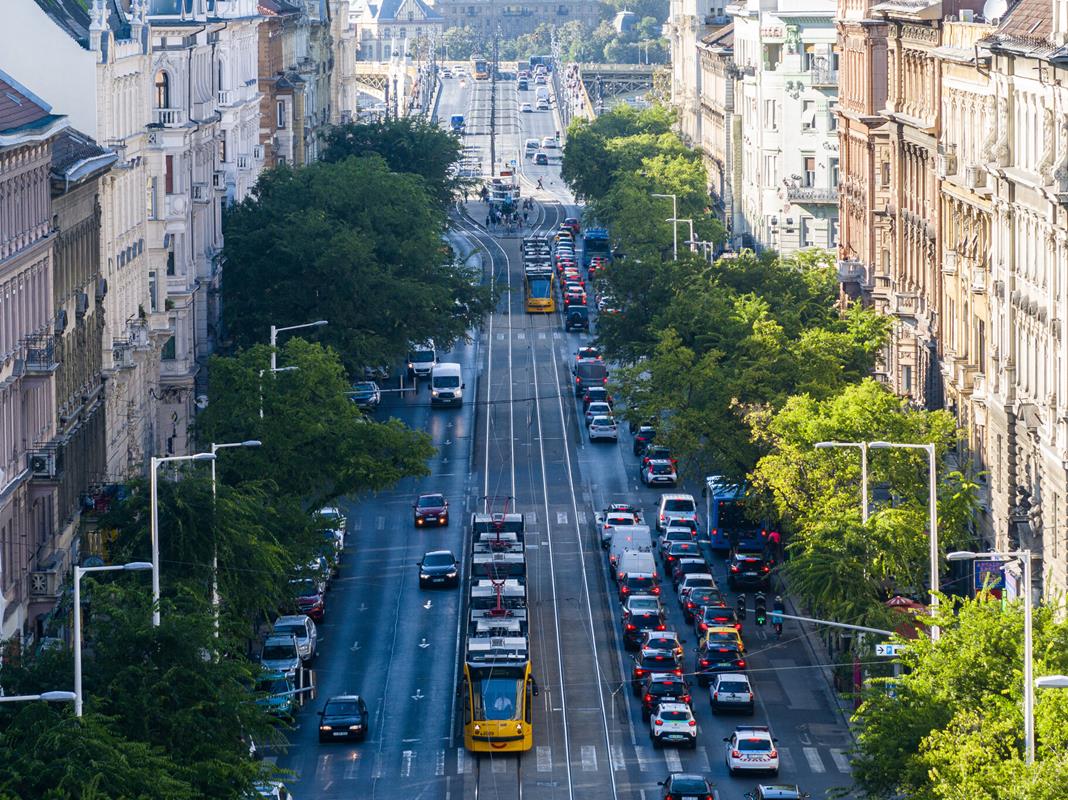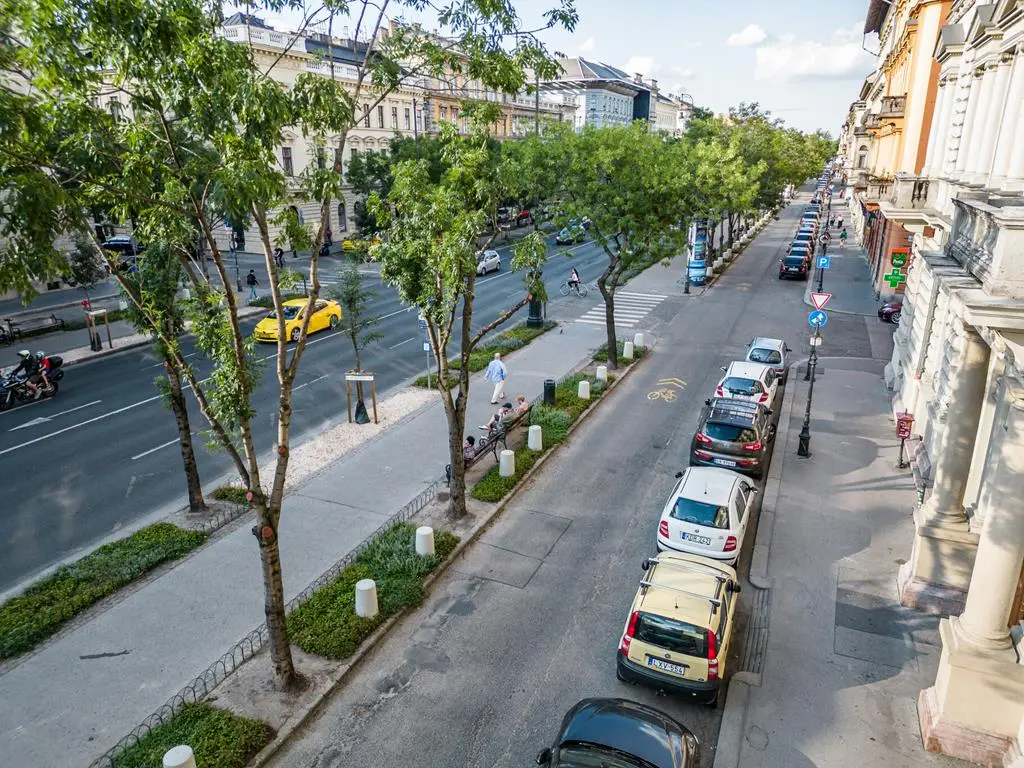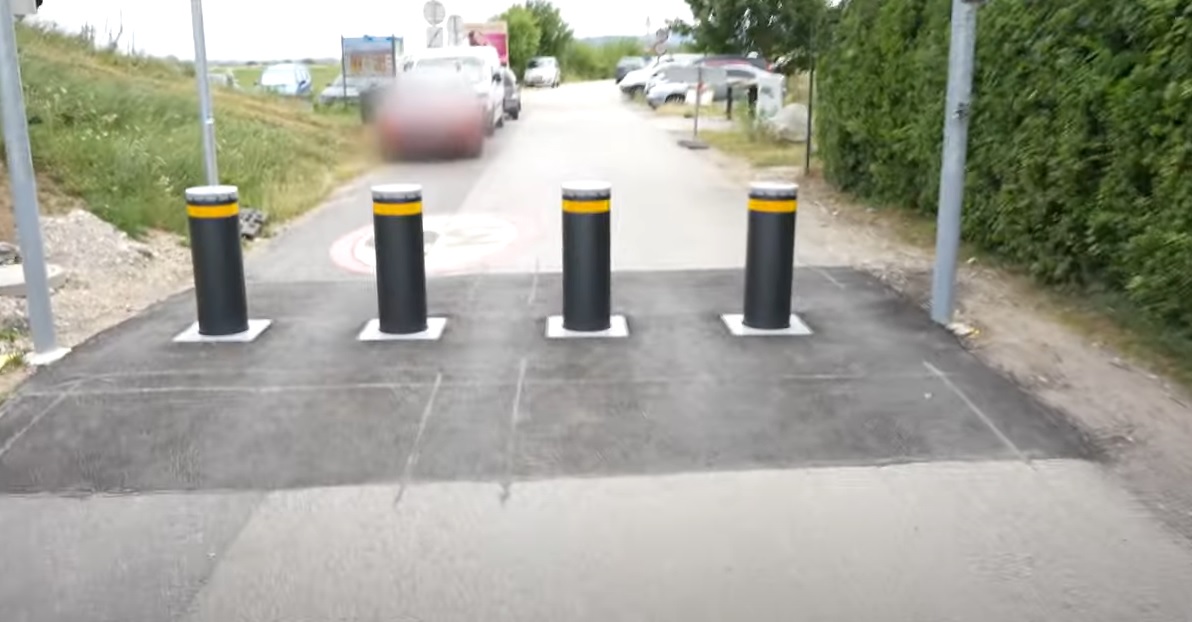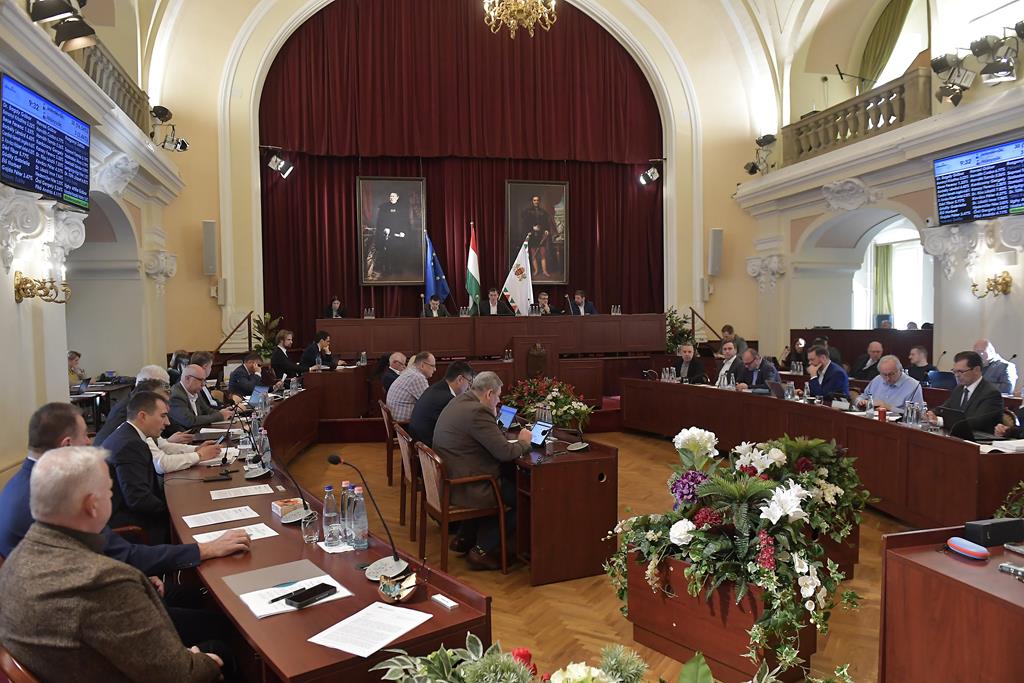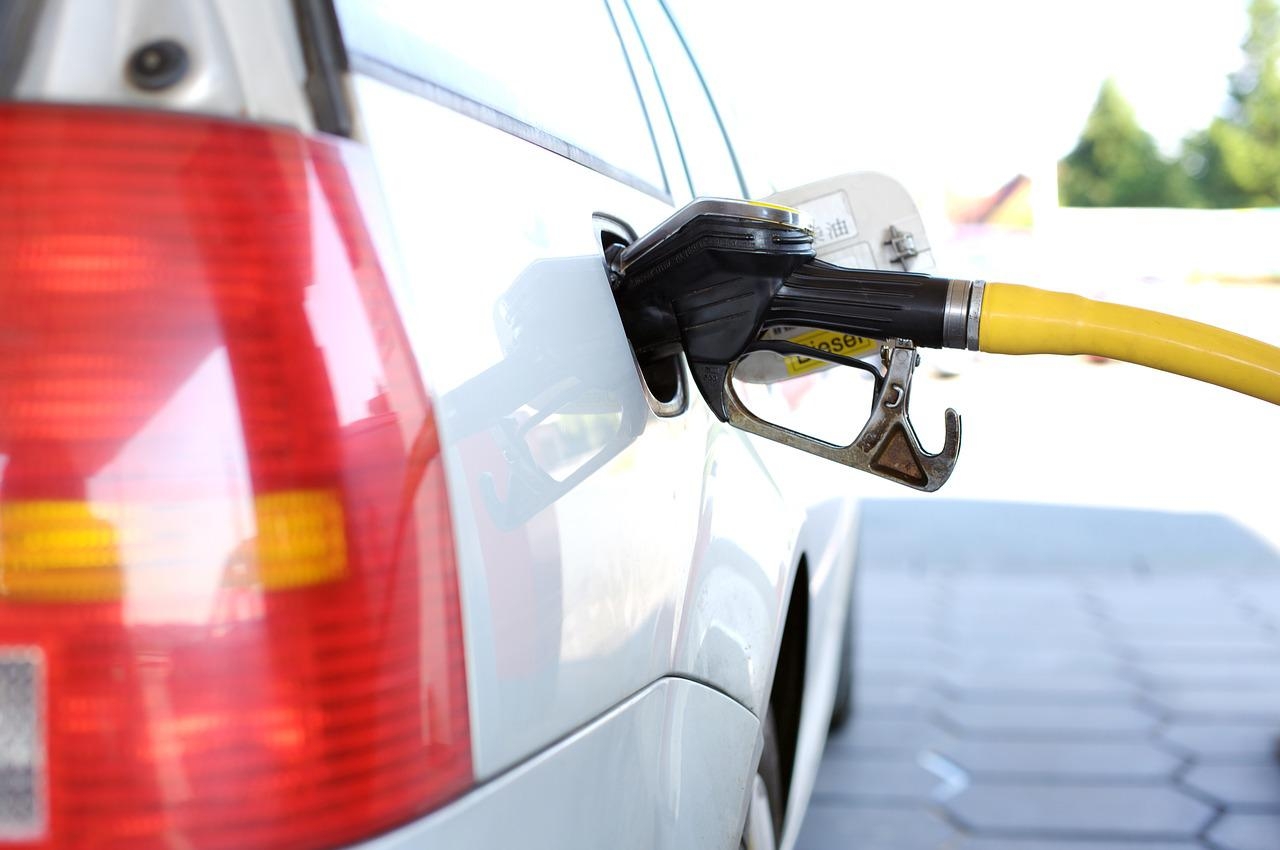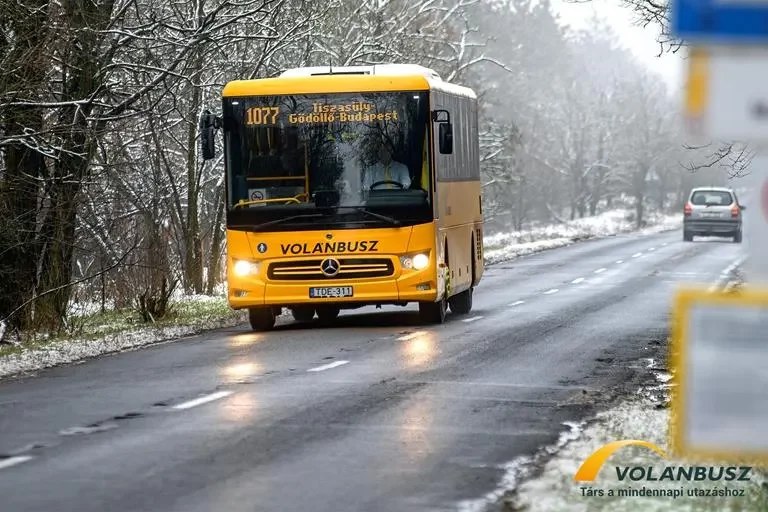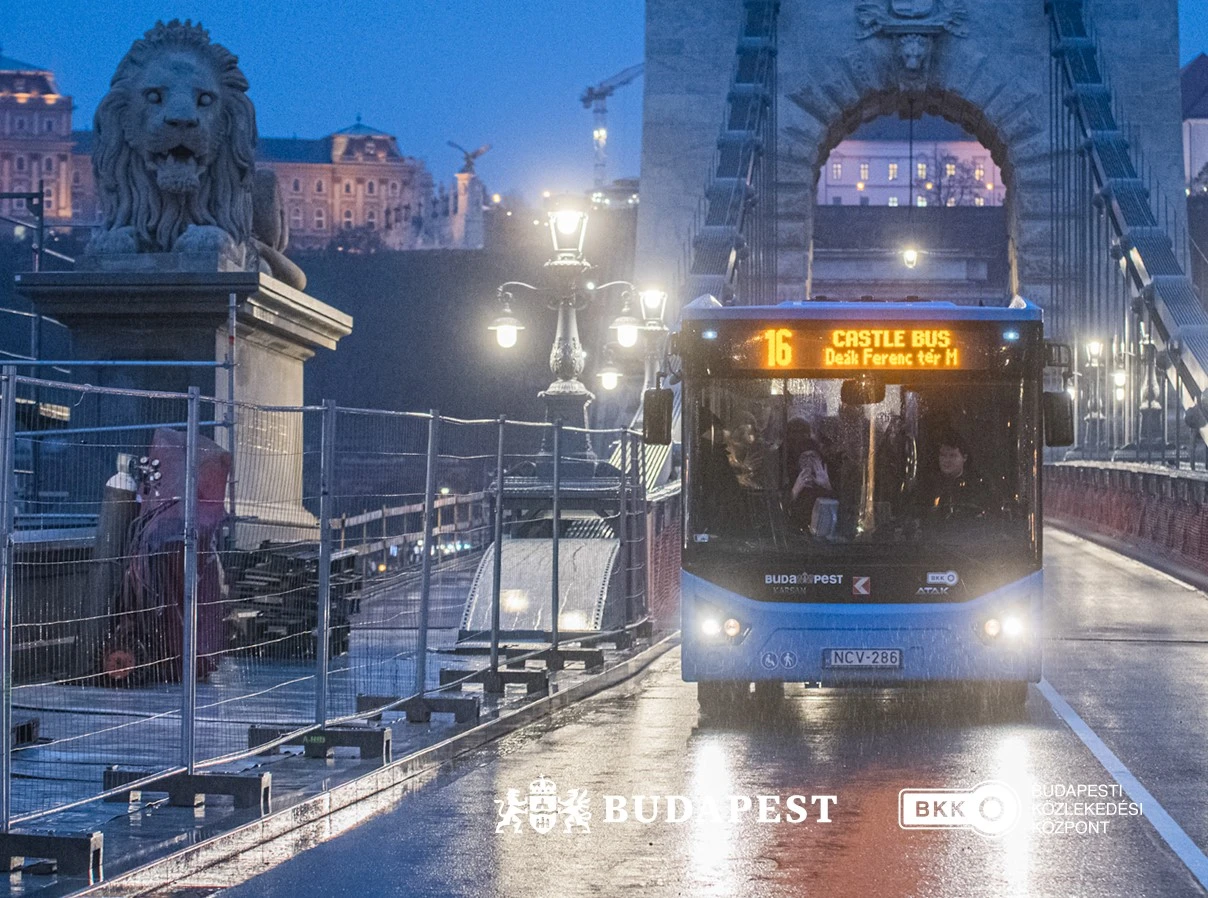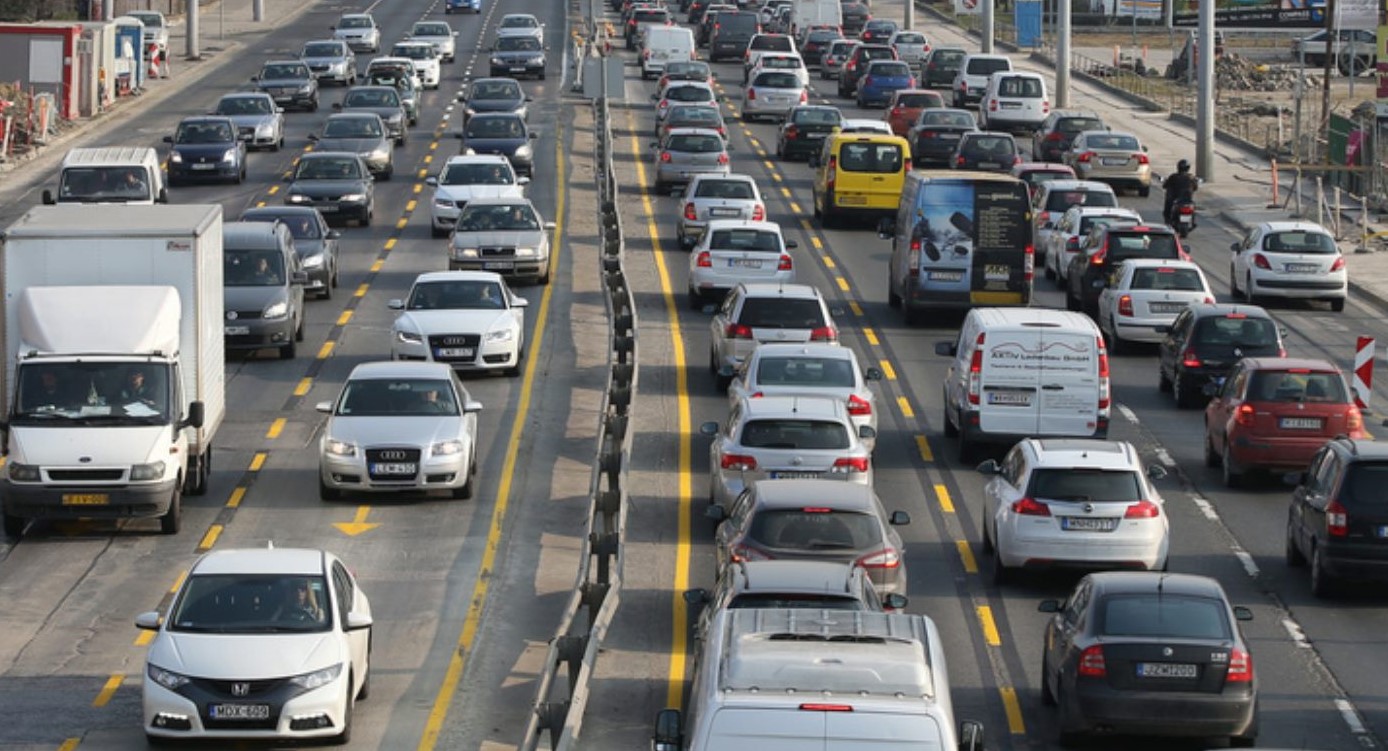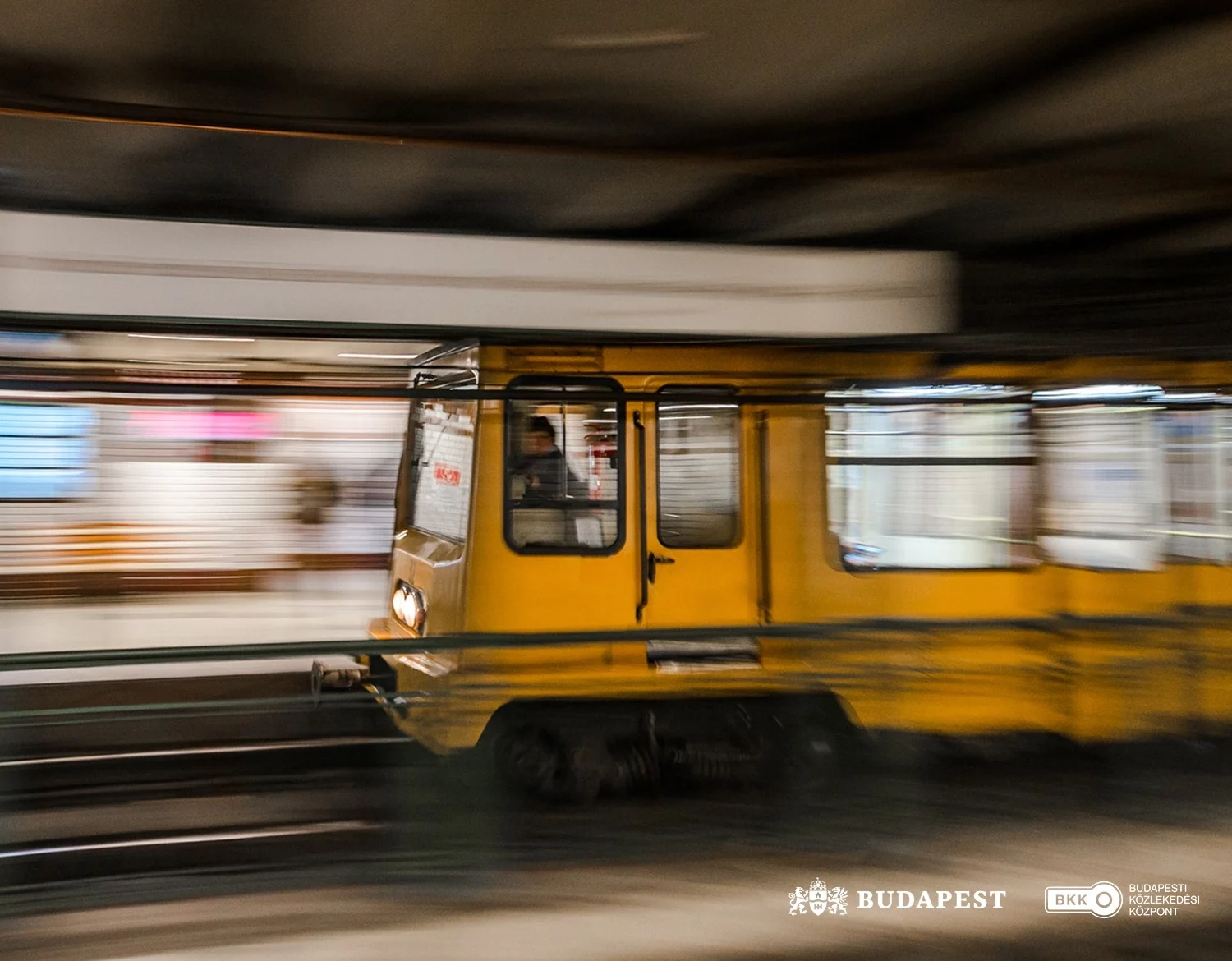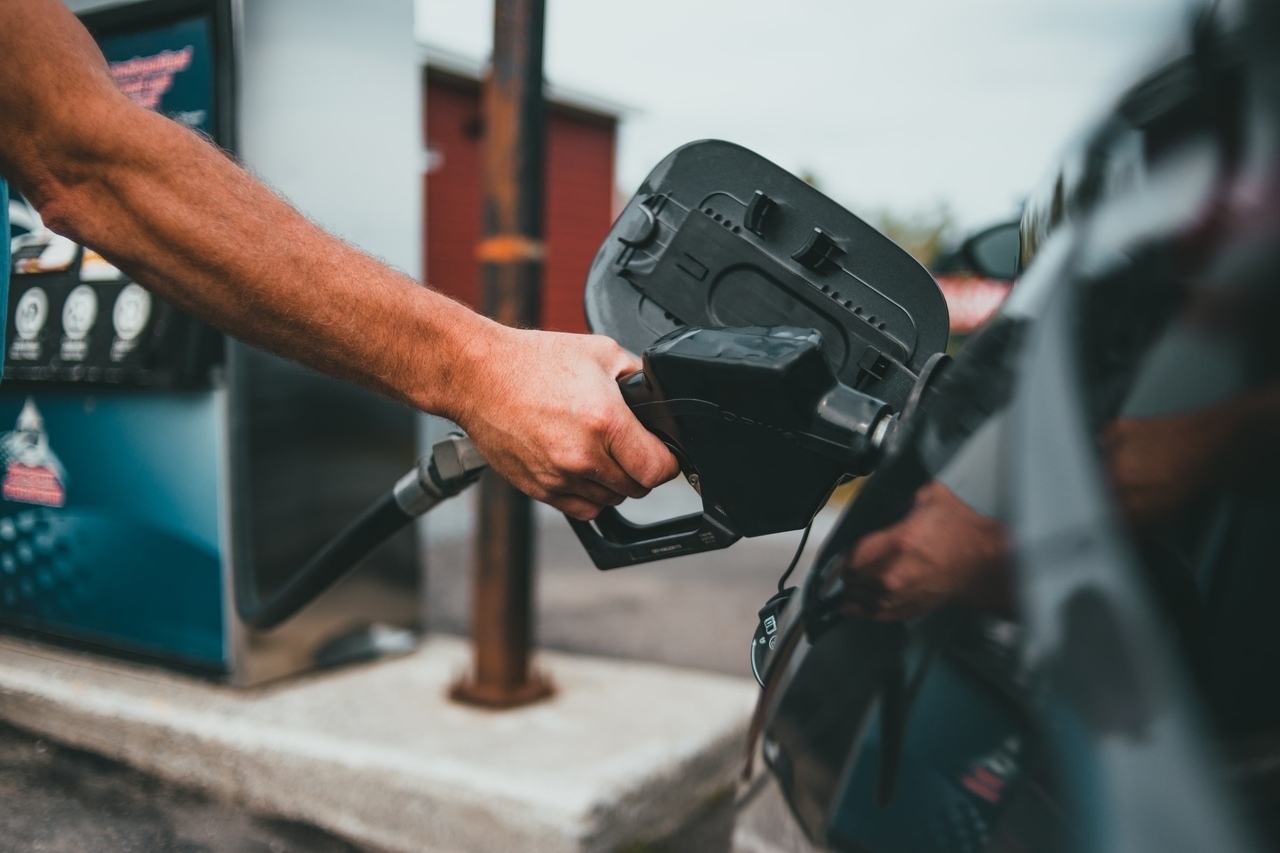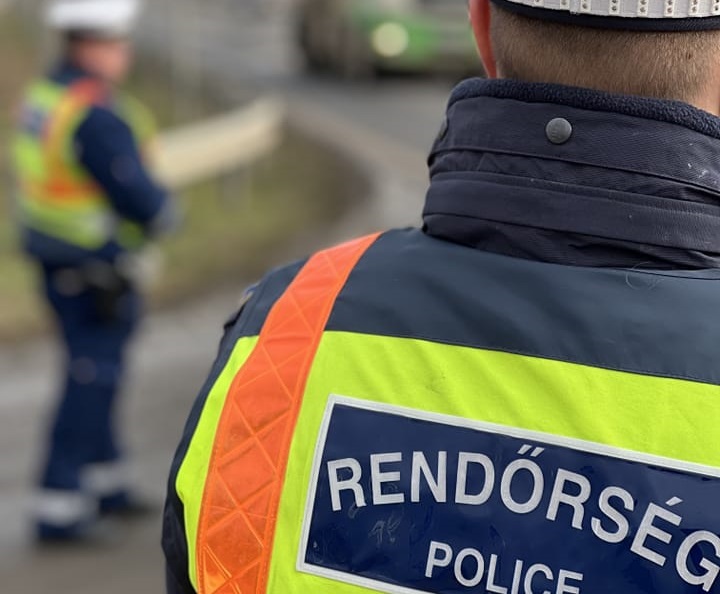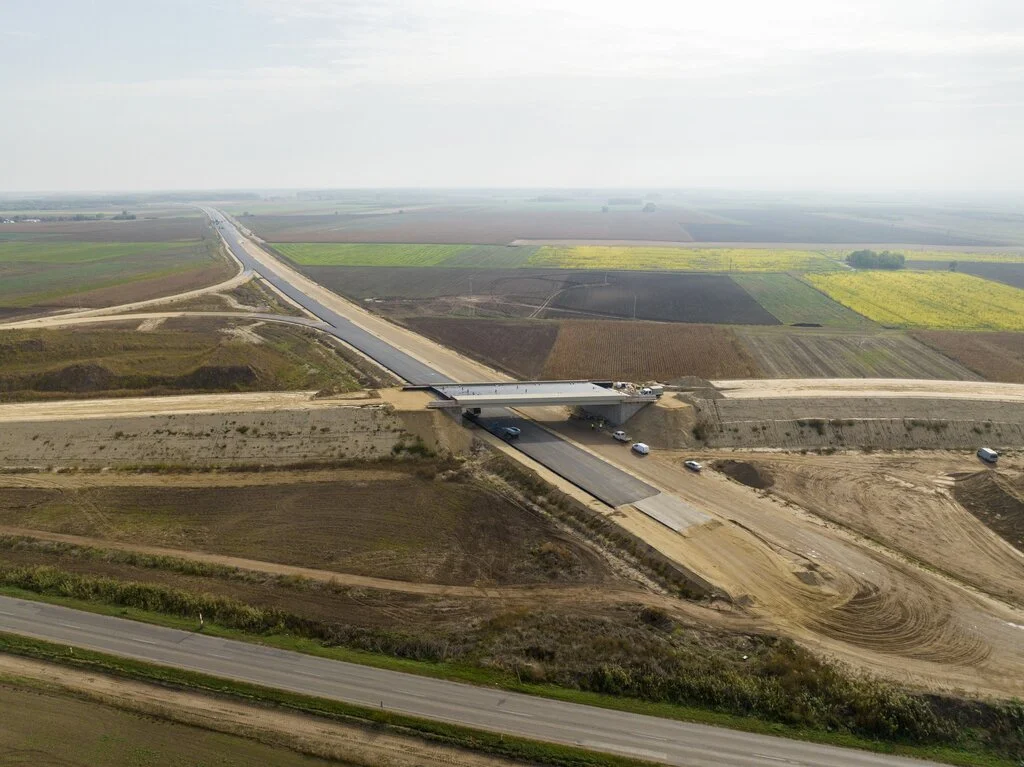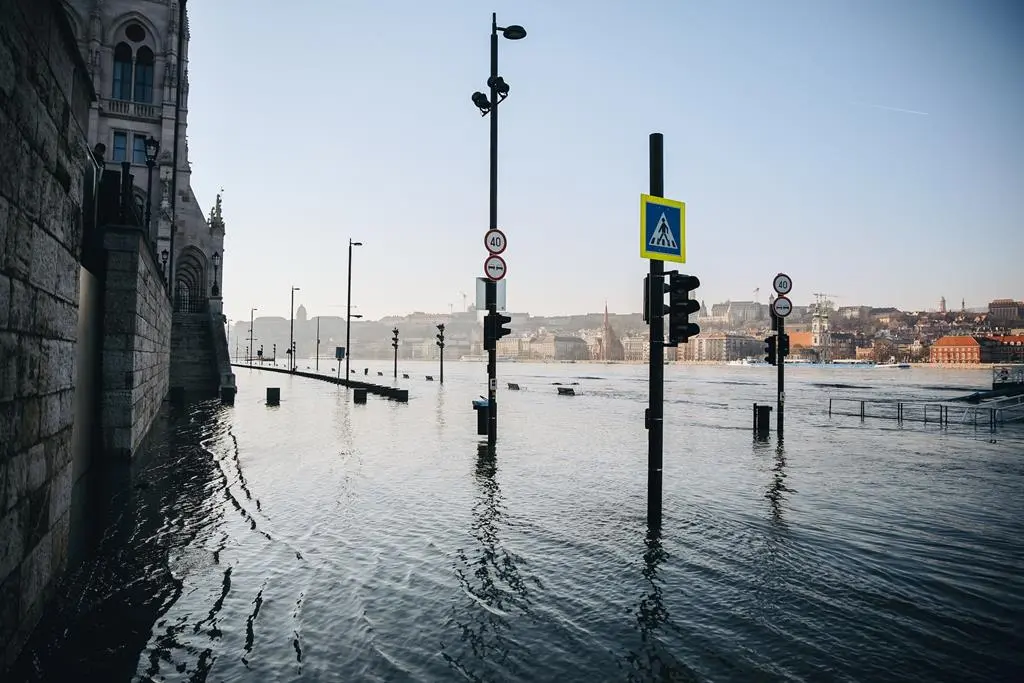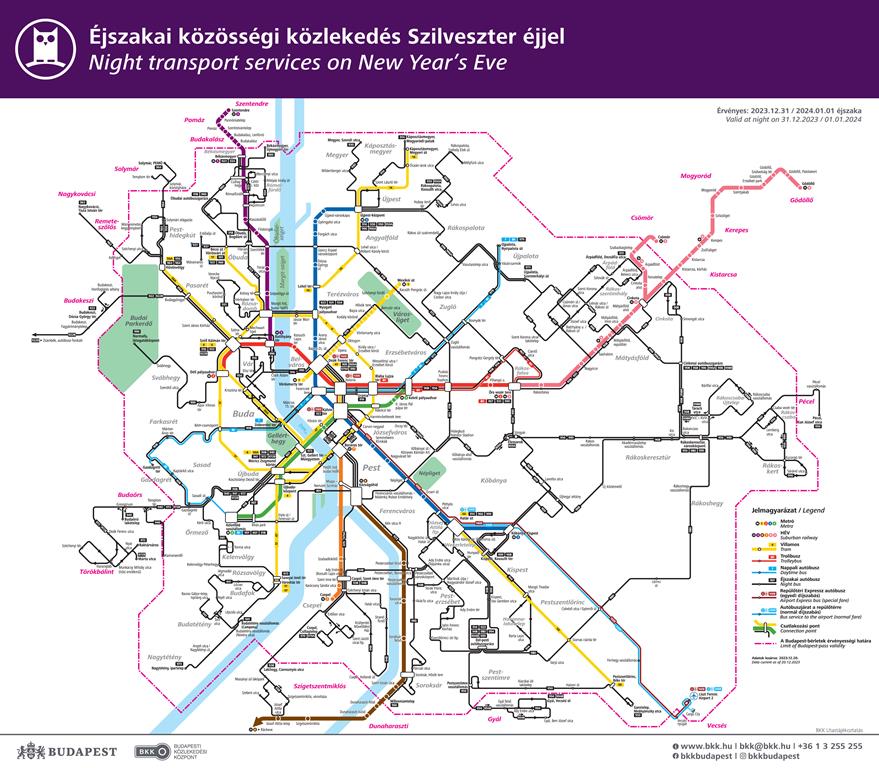Hungary will build new motorways this year: here is a list of them. However, the length of these newly-built segments will only be 30 kilometres in 2024. The first new segments will be inaugurated at the beginning of the year. They are the last section of the M6 and the last but one segment of the M44 motorways.
According to Világgazdaság, currently, ongoing building projects concern 123 kilometres of motorway. They will finish in the next few years. According to the economy-focused media outlet, in the next few weeks, 20 kilometres of the M6 motorway will be opened to traffic. The completion of M6 will help to travel to Croatia and Serbia more easily from Budapest. Furthermore, a segment of the M44 motorway between Szentkirály and Lakitelek will also be ready. The technical handover happened last December in that section, even though the deadline was months later.
In the second half of the year, the Sopron-Austrian border section of the M85 highway will also be ready. Unfortunately, neither the M6 nor the M85 continues after the border. But it is good news for many people that they reach the Croatian and the Austrian border.
Death road to be replaced by motorway
Hungary’s “death road”, main road nr 4, will also become a motorway on its entire length. Work is in progress on 34.29 kilometres there, between Törökszentmiklós and Kisújszállás. M4 is connecting the Romanian border with Budapest. Traffic is heavy there, especially because of the many trucks and lorries commuting there and shipping goods between the East and the West.
The Törökszentmiklós-Kisújszállás segment costs HUF 133.9 billion (EUR 354 million), and Duna Aszfalt has 36 months to finish it. Therefore, it will be probably ready by 2026 summer. Provided that happens, only a relatively short, 60 kilometres segment connecting Berettyóújfalu and Kisújszállás will remain single-lane.
M49 will provide faster access between the Hungarian Nyíregyháza and Szatmárnémeti (Satu Mare) in Romania. A 45-kilometre-long segment of it in Hungary will connect Nyíregyháza with the Romanian border. Szatmárnémeti is just approximately 10 kilometres away from the border. Work started in Hungary in early 2023. The contractor is Duna Aszfalt. The first section between Nyíregyháza and Ököritófülpös is 28.15 kilometres and will be ready by 2026 autumn. The procurement process for the second stage connecting Ököritófülpös with the border is ongoing. Therefore, the relevant contracts might be signed this summer.
On the M44 motorway, a shorter, 4.6 kilometres long section was ready in December. The building of a longer, 32.2 km section between Szentkirály and Kecskemét started in 2022 by Hódút Ltd. It will be ready by early-2025.
Budapest-Bosnia on motorway
M85 will reach the Austrian border this year. However, the project was more difficult than expected because the consortium of contractors (Dömpet Ltd, Pannon-Doprastav Ltd and Subterra-Raab Ltd) had to build a 780-metre-long tunnel. The original cost was HUF 50 billion (EUR 132 million), which grew by HUF 4.5 billion (EUR 11.9 million) lately. This investment will be ready this autumn.
M6 will connect the Croatian border with Budapest this January, but the Croatian continuation of the road is not ready yet. 4.5 kilometres of it is in Croatia and will be ready by 2025. Then, you can travel on the motorway between Budapest and the Bosnian border.
Motorway length in Hungary became longer than in Austria. In Hungary, you can use 1850 kilometres. In Austria, that is “only” 1749 kilometres.
However, there is a halt in motorway building in Hungary. Between 2019 and 2021, the network extended by 430 kilometres. Between 2022 and 2024, that will be below 150 kilometres. That is probably because of the difficult economic situation in Hungary with high inflation, decreasing consumption and problems with the Hungarian budget.
That is why we cannot be sure when the government-promised M76 (Zalaegerszeg) and M100 projects will start.
Read also:
- Hungarian motorways that will become toll roads in 2024, one-day vignette price – Read more HERE
- Orbán cabinet purges Budapest ticket, pass scheme: chaos may come in March – Details in THIS article



